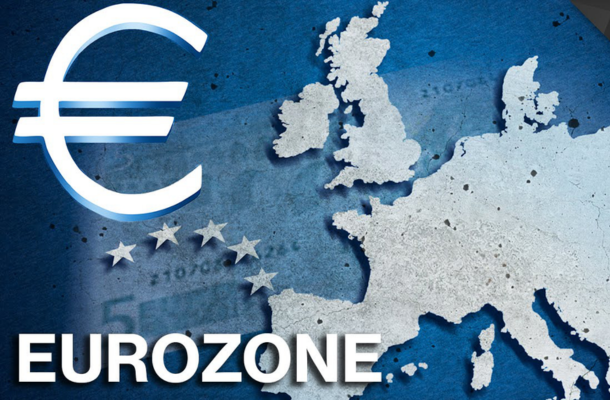
Eurozone manufacturing sector concludes 2023 with a substantial decrease in production.
The manufacturing sector in the Eurozone ended 2023 in a state of contraction, with consistent decrease in production and employment for seven consecutive months. While specific sub-indicators suggest a potential alleviation of the industry's downturn, the overall situation remains difficult.
The S&P Global's HCOB Eurozone Manufacturing PMI edged up to 44.4 in December from 44.2 in November, but still signifies worsening conditions, remaining below the neutral 50.0 threshold.
The decline was most evident among manufacturers of intermediate goods. Notably, France saw a significant deterioration in business conditions, while Germany and Italy experienced milder deteriorations. Greece emerged as a solitary positive point with a slight improvement. Overall, Eurozone manufacturers encountered reduced demand, resulting in ongoing declines in new orders and export sales.
Manufacturers continued to reduce their inventories due to weakening demand, and employment in the sector continued to decline. Despite a slight slowdown in the rate of decline, the manufacturing sector's struggle with excess capacity and reduced backlogs of work persisted.
In December, there was a slight improvement in business confidence, reaching an eight-month high. Simultaneously, input costs continued to decrease, enabling manufacturers to competitively price their goods. Although this led to some price reductions, the extent of input cost and output charge reductions was the most moderate in several months.
In conclusion, while there are indications of improvement in certain areas, the Eurozone manufacturing sector remains under pressure. The short-term outlook is cautiously optimistic, supported by enhanced confidence and pricing strategies, but challenges in demand and employment continue to present significant obstacles.

Subscribe to our daily newsletter and get the best forex trading information and markets status updates
Trade within minutes!
Comment (0)